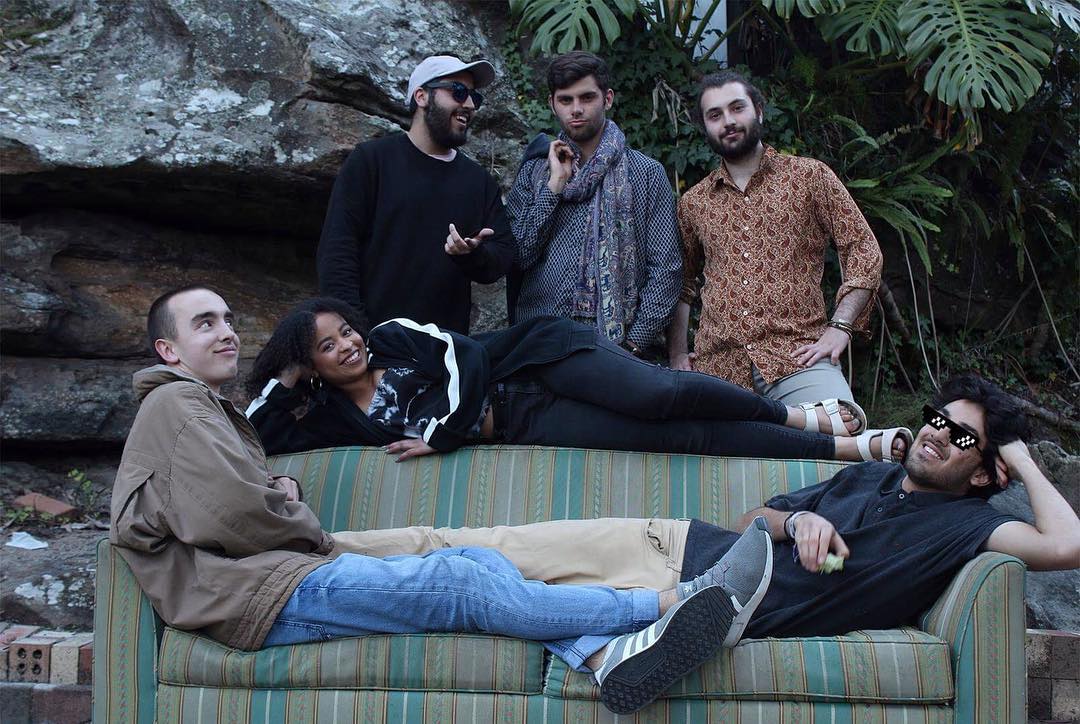Tell us about Exile: The Kolkata Recordings. I recorded Exile in the north east of India, after meeting some musicians in the street. We had a jam, and ended up in a couple of studios, with the fantastic tabla and santoor players you hear on the recording.
I already knew what a tabla as – an Indian percussion instrument – but had never heard a santoor, which is a 100-stringed instrument played with little metal hammers. Kind of like a really complex xylophone.
The musicians I was recording with thought the santoor would sound great – and it does. The guy who plays it is a 70-year-old maestro of the instrument, I was very humbled to perform with him.
How does the music release tie in with your photography exhibition Rohingya: Refugee Crisis in Colour. Exile was recorded just after I’d visited the Rohingya refugee camps in both Myanmar and Bangladesh, where I’d been taking photographs and researching the Rohingya crisis.It was a very saddening experience to speak with people who had lost everything and had been under attack in their homelands, and the music reflects that.
I thought it would be interesting to release some music along with presenting the exhibition, and I’ll be performing the songs from Exile at the opening with a very unique quartet featuring didgeridoo, violin and tabla.
What do you hope to communicate to your audience through these works? Australia is pretty isolated from world events, and most of what we know is drip-fed via the corporate media. My aim of presenting the exhibition and releasing the music is to show people the persecution that Rohingya people are enduring.
The Australian government is supporting the corrupt and brutal Myanmar government through millions of dollars in funding and Australian corporations are currently investing in Myanmar; essentially, our country is complicit in the Rohingya genocide. I hope the music and photography can inspire some action from the audience.
Anything else you’d like to add? The photography exhibition Rohingya: Refugee Crisis in Colour is unique in that it does not only feature my photographs, but photos taken by Rohingya refugees and local aid workers from inside the camps, as well as a documentary and drone footage that shows the scale of the crisis.
This exhibition is a unique opportunity for people to see what’s really going on inside the refugee camps for Rohingya people, and I’ll be available at the opening to answer any questions people might have.







